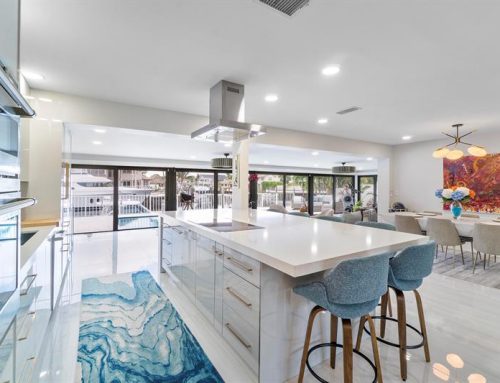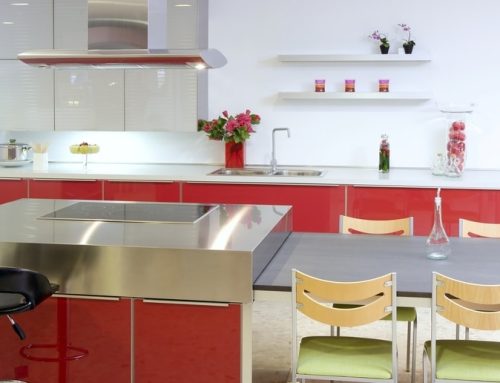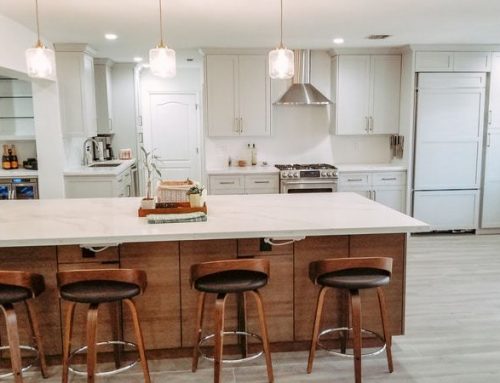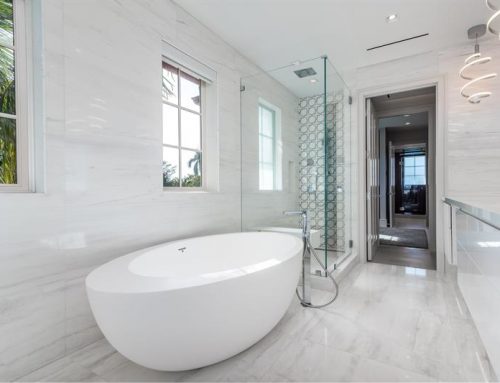The kitchen is the central gathering place for many families. It is also one of the biggest areas that clients look to remodel. One thing often overlooked when designing a new kitchen is the importance of lighting. You want to be able to adjust your lighting according to need. For example, your cooking lighting may be brighter than your entertaining lighting which can also differ from your late night lighting. These are the 5 types of lighting that we think you should consider in your next kitchen remodeling project.
*Ceiling Lighting- Recessed lights in the ceiling are the best way to illuminate the whole room. It is recommended that you install them 12-18inches away from your upper cabinets to properly light the countertops. Install them all along your work space and space them evenly across your ceiling. They come in a variety of sizes and colors, however we recommend using 4 or 6 inch and sticking with white so it blends into the ceiling.
*Task Lighting – Installing undercabinet lighting really helps to illuminate your countertops so you can easily read recipes and measure ingredients. Plug in lights can be installed after the fact but if you want them to be hard wired, you should definitely make this decision before cabinets are installed so the electrician can properly plan for it.
*Accent Lighting – Accent lighting is a great way to highlight some of your nicer serving ware. A puck light is the most popular option. You can install them in the top of a glass door cabinet to show off your glasses or install them under open faced shelves.
*Pendant Lighting – Pendants are very popular for highlighting peninsulas and islands, especially if they have seating. You want them to hang approximately 30-36 inches from the top of your counter. However, ceiling height and sight lines should be taken into account when deciding their placement.
*Ambient Lighting – Ambient lighting is a popular choice for leaving some light on over night. You want just enough light so you can get a late night snack or drink without lighting up the whole space. Ambient lighting tends to be a warm white (2700-3000k). A light strip above your cabinets is a popular choice for incorporating this into your design. If your cabinets go up to the ceiling though, your accent and task lights can double for ambient lighting.
One other thing to consider is the use of dimmers. Dimmers are an easy way to switch between task lighting and ambient lighting. If you are using LED strips, you can even control them with a remote, smart phone, or a smart home hub- like Google or Alexa. It’s also helpful to have pendants on dimmers. You may want brighter light while cooking but less light for dining. Finally, when choosing lights, decide if you want them to blend into the design or be a statement on their own. Consider what you would like your company’s attention to be drawn to when they enter your kitchen and design your lighting plan to achieve that goal. A Custom Homes Building and Remodeling designer can help you maximize the potential of your space, including lighting.







Leave A Comment